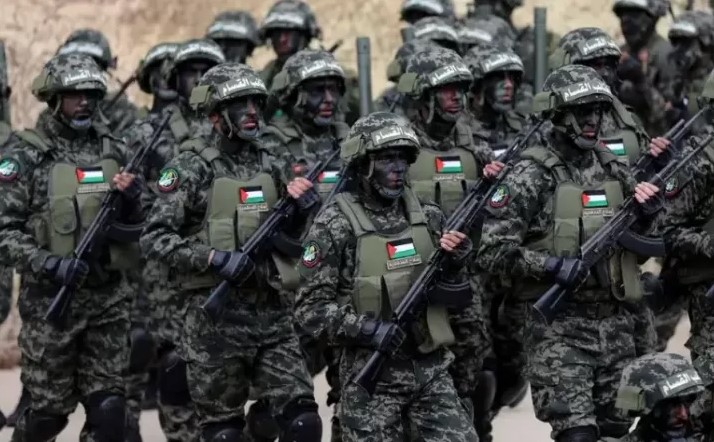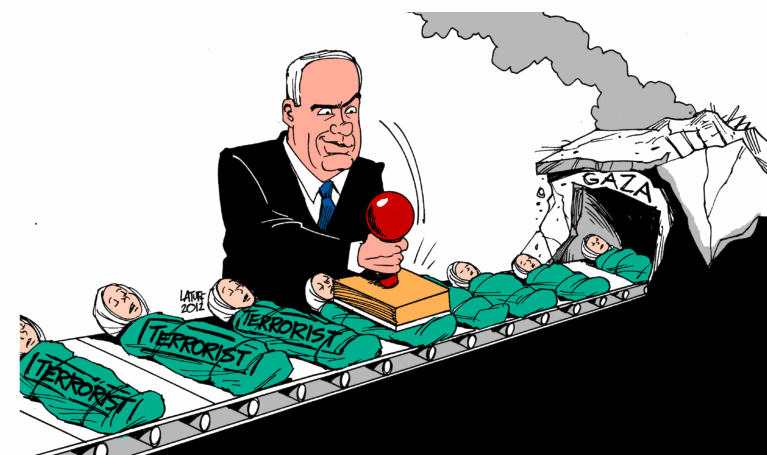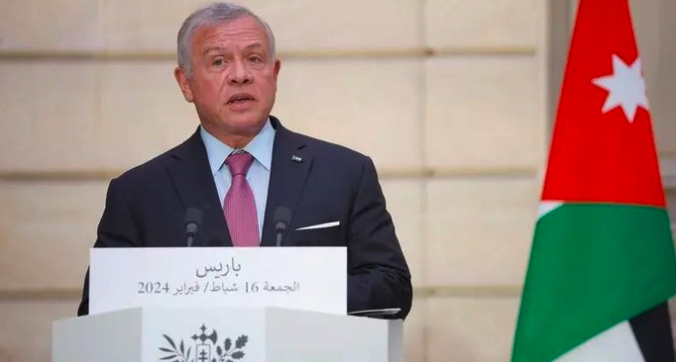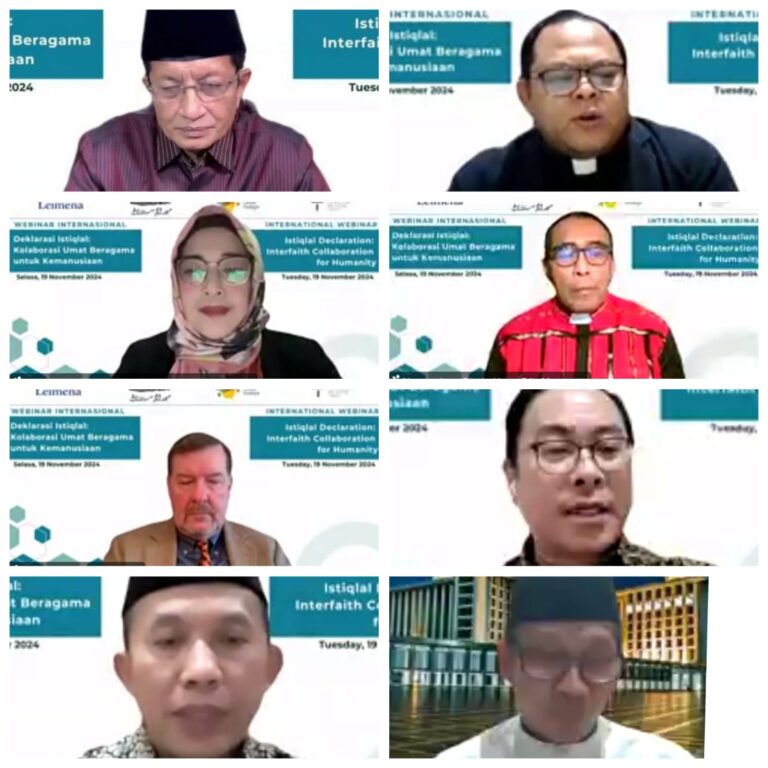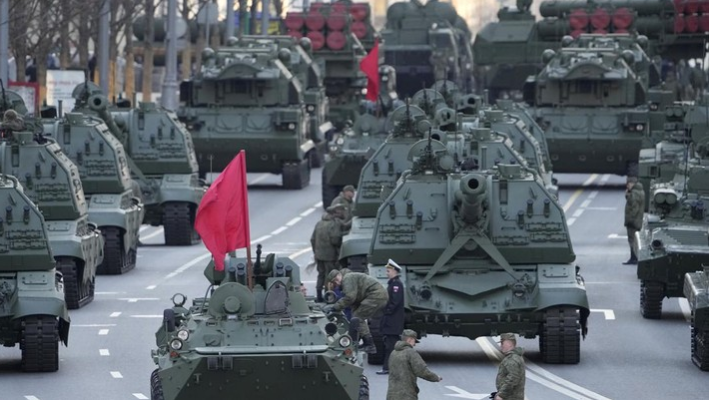
STRATEGIC ASSESSMENT. Russian Foreign Minister Sergei Lavrov recently declared that Russia’s territorial ambitions extend beyond the Donbas, the war-torn region of eastern Ukraine experiencing heavy fighting. The comment comes just a day after the U.S. intelligence community suggested that Russian President Vladimir Putin had ordered his military to prepare to annex Russian-occupied territory in Ukraine. Beyond the Donbas, Russia aims to seize Kherson and Zaporizhzhia in the south. Recent reporting suggests that because Russian forces are facing a shortage of ground attack missiles, its offensive in Donbas is increasingly reliant on repurposed air defense missiles, including the S-300 and S-400 systems. Speaking at a security conference in Aspen, Colorado, Richard Moore, the chief of British intelligence service MI6, commented that Russia’s military campaign seemed likely to “run out of steam” over the next few weeks and months. This outcome would validate the Ukrainian strategy in Donbas, which has allowed local commanders to execute tactical withdrawals to avoid encirclement and reestablish defensive positions. Ukraine’s defensive depth and interior lines of communication have enabled its outgunned military to force the Russians into a series of costly (for both sides) tactical engagements, as exemplified by the fighting in Sievierodonetsk and Lysychansk. Some estimates suggest that between 15,000 and 25,000 Russian forces have been killed in Ukraine since late February, including several high-ranking Russian military officers. This strategy of attrition is costly for both combatants and Ukrainian casualty numbers may be even higher than the Russians’.
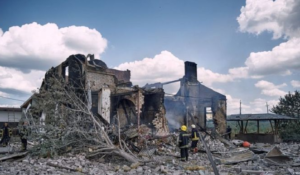
The recent employment of U.S.-supplied M142 High Mobility Artillery Rocket Systems (HIMARS) has granted Ukrainian forces local advantages in preparation for an imminent counteroffensive to reclaim territory in southern Ukraine. It is this transfer of weapons that was cited by Lavrov as a proximate cause of the expanded Russian objective. These sophisticated weapons systems allow Ukrainian forces to strike Russian logistics and command and control elements far from the frontlines of the conflict. Ukrainian Defense Minister Oleksii Reznikov called the delivery of HIMARS “a game changer.” The U.S. recently announced it planned to provide four additional HIMARS to Ukraine. While the introduction of HIMARS and similar weapons have resulted in tactical successes, it must be noted that one weapon system is unlikely to change the outcome of the war. Russia will adapt to the presence of HIMARS on the battlefield, and the Ukrainians will need to properly maintain and resupply the complex and expensive systems to ensure their continued effectiveness.
In spite of Ukrainian resistance, Russia has secured a land bridge that stretches through southeastern Ukraine along the Black Sea, connecting it to Crimea. Perhaps frustrated by their inability to force a decisive victory, the Russian military continues to bombard urban areas with missiles, including around Mykolaiv, launching attacks without regard for civilian casualties or collateral damage. Russian forces have attacked civilian populations with impunity, part of Moscow’s ongoing scorched earth campaign and disregard for international law and the law of armed conflict. The ICC and several states, including the United Kingdom, have invested in laying the groundwork for accountability measures and investigations into reports of war crimes in Ukraine.

A U.N. and Turkish-brokered agreement between Moscow and Kyiv to release more than 20 million tons of grain from blockaded Ukrainian ports is already in doubt after Russia bombed the southern port city of Odesa, less than 24 hours after agreeing to the grain deal. The deal was expected to ease some of the challenges of the ongoing global food security crisis. Increasing food insecurity is one of the many consequences of Russia’s illegal invasion of Ukraine, along with compounding challenges in the global energy market, and the associated effects on financial markets worldwide. After the missile strike, it is unclear if the deal will move forward. U.S. officials are supposed to monitor Russian follow through on implementing the agreement and allowing grain shipments to depart from blockaded seaports along the Black Sea. This weekend’s attack on Odesa demonstrates exactly why so many are rightfully skeptical of Russia’s commitment to the agreement.
The second and third-order effects of Russia’s invasion of Ukraine are beginning to manifest themselves. William Burns, the director of the Central Intelligence Agency, recently commented that the nature of the conflict in Ukraine, and the Russian military’s inability to achieve their objectives after more than five months of fighting, have led countries like China to reassess their own security posture vis-à-vis Taiwan. Burns noted that Beijing’s key takeaway from the conflict in Ukraine is: “you don’t achieve quick, decisive victories with underwhelming force.” In addition, China has also watched Russia struggle with how to deal with Ukraine’s sophisticated information capabilities, an area that the Chinese Communist Party and People’s Liberation Army are likely to focus on improving in the coming months and years (TSC).


